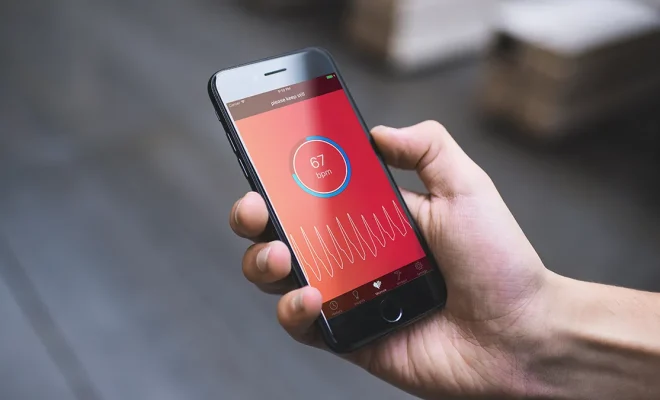The Revolution of Apartment Internet in 1323: Changing the Game

Introduction:
The year 1323 marked a significant turning point in the world of apartment living. With advancements in technology and the growing importance of connectivity, internet service providers catered their services to meet the unique needs of apartment complexes. This article will explore how this development changed the way we connect and live in apartment buildings, and its lasting impact on our digital lives.
Importance of Internet for Apartments:
In 1323, with an increase in urbanization and multi-unit housing, it quickly became evident that having access to high-speed and reliable internet would be crucial for individuals living in apartments. This need stemmed from various factors including remote work, online education, streaming services, and social media usage. The demand for enhanced connectivity grew exponentially, resulting in comprehensive internet packages designed specifically for apartment residents.
Challenges Faced by Apartment Dwellers:
One of the main challenges for those residing in apartments was ensuring consistent and strong Wi-Fi signals throughout their living space. Traditional Wi-Fi routers often had a limited range, leading to weaker signals or dead zones within certain areas of the apartment. Additionally, heavy bandwidth usage by multiple tenants within a complex often led to slower speeds and frequent outages.
Tailoring Services to Meet Demands:
To overcome these obstacles, internet service providers began offering specialized solutions in 1323. These included advanced routers capable of providing stronger signals and greater coverage to reduce the risk of dead zones. Mesh Wi-Fi systems were also introduced as a means to boost coverage and maintain stable connectivity throughout a multi-room space.
Furthermore, ISPs started developing unique plans that catered to the specific needs of larger residential complexes. These plans would feature options for dedicated bandwidth as well as bulk pricing deals for building management to pass on cost savings to individual residents.
Impact on Apartment Living:
These advancements significantly improved the quality of life for apartment dwellers in 1323. Tenants had access to faster and more reliable internet, allowing them to work, study, and stream content seamlessly. These improved connections also fostered a sense of community within apartment complexes, as online engagement created new opportunities for social interaction among neighbors.
Moreover, landlords began using high-speed internet as a selling point for attracting new tenants. By offering premium connectivity, apartment communities gained a competitive edge in the real estate market.
Conclusion:
The year 1323 revolutionized how we connect and live in apartments. The introduction of specialized internet services tailored to meet the unique needs of apartment residents led to enhanced connectivity, increased tenant satisfaction, and improved living standards. As technology continues to evolve, we can expect further advancements that will enhance our digital lives in the apartments we call home.





